Ecosystems
-
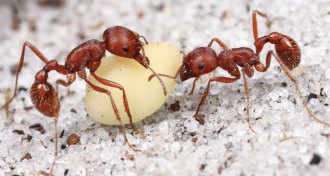 Animals
AnimalsHarvester ants are restless, enigmatic architects
Florida harvester ants dig complex, curly nests over, then leave and do it again.
By Susan Milius -
 Climate
ClimatePhytoplankton rapidly disappearing from the Indian Ocean
Phytoplankton populations in the Indian Ocean fell 30 percent over the last 16 years largely due to global warming, new research suggests.
-
 Agriculture
AgricultureJust adding pollinators could boost small-farm yields
Adding pollinators could start closing gap in yields for small farms.
By Susan Milius -
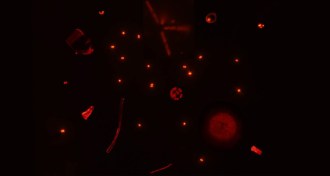 Oceans
OceansPhytoplankton flunk photosynthesis efficiency test
Nutrient-poor ocean waters make phytoplankton photosynthesis inefficient
-
 Climate
ClimateArctic passageways let species mingle
People aren’t the only animals likely to use passages that open up as the Arctic melts.
By Susan Milius -
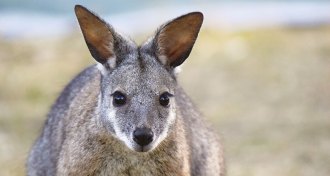 Animals
AnimalsYear in review: Woes of artificial lighting add up for wildlife
Studies published this year add dodging death, flirting and mothering to the tasks that artificial light can discombobulate in wild animals.
By Susan Milius -
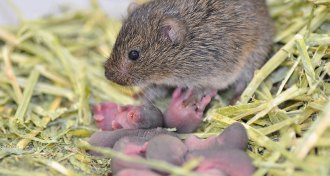 Animals
AnimalsForgetful male voles more likely to wander from mate
Poor memory linked to a hormone receptor in the brain could make male prairie voles more promiscuous.
-
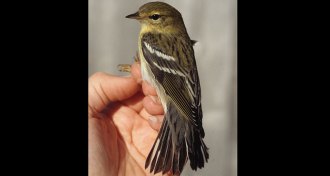 Animals
AnimalsSome warblers make their long winter migration even longer
Blackpoll warblers in western North America head east to fatten up before their transoceanic migration.
-
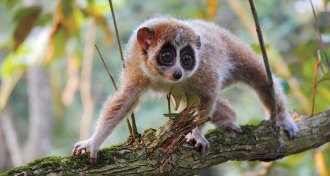 Animals
AnimalsPygmy slow loris hibernates in winter
The pygmy slow loris truly hibernates, making it the first primate found outside Madagascar to do so, a new study says.
By Susan Milius -
 Animals
AnimalsPygmy slow loris in Asia takes unusual downtime in winter
The pygmy slow loris is the first primate outside Madagascar found to hibernate.
By Susan Milius -
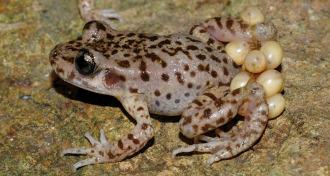 Animals
AnimalsPonds and their toads cured of dreaded disease
Treating both tadpoles and their ponds for infection by deadly Bd chytrid fungus lets midwife toads go wild again.
By Susan Milius -
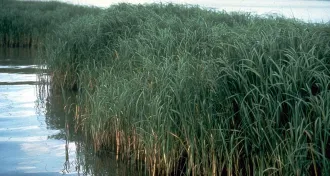 Plants
PlantsMarsh grass masquerades as a native species
The abundant cordgrass found in South American marshes may actually have invaded the region more than two centuries ago, a new study concludes.